Latest News
U.S. sends 9 Yemeni prisoners from Guantanamo Bay to Saudi Arabia

The United States on Saturday transferred nine Yemeni men to Saudi Arabia from the U.S. military prison at Guantanamo, including an inmate who had been on a hunger strike since 2007, under a long-sought diplomatic deal between Washington and Riyadh, U.S. officials said.
The transfer, which took place just days before President Barack Obama’s visit to Saudi Arabia for a summit of Gulf Arab allies, marked the latest step in his final push to close the controversial detention center at the U.S. naval base in Cuba before he leaves office in January 2017.
The Saudis agreed, after lengthy negotiations that at one point involved Obama and Saudi King Salman, to take the nine Yemenis for resettlement and put them through a government-run rehabilitation program that seeks to reintegrate militants into society, the officials said.
The group announced by the Pentagon was the largest shipped out of the Guantanamo Bay prison since Obama rolled out his plan in February aimed at shutting the facility. But he faces stiff opposition from many Republican lawmakers as well as some fellow Democrats.
There are now 80 prisoners at Guantanamo, most held without charge or trial for more than a decade, drawing international condemnation.
The most prominent of the transfers was Tariq Ba Odah, a 37-year-old Yemeni whom the military had been force-feeding daily since he went on a hunger strike in 2007. His legal team said he was down to 74 pounds, losing about half of his body weight.
Ba Odah’s lawyer, Omar Farah, said the U.S. government had “played Russian roulette” with his client’s life and that his transfer “ends one of the most appalling chapters in Guantanamo’s sordid history.”
His case was a source of legal wrangling between the U.S. Department of Justice and his lawyers, who had unsuccessfully sought his release on humanitarian and medical grounds, and also created divisions within the Obama administration.
TRANSFERS PRECEDE OBAMA’S VISIT
The transfers took place as Obama prepared to visit Saudi Arabia on Wednesday and Thursday for a summit with the Gulf Cooperation Council at a time when U.S.-Saudi relations have been strained by the nuclear deal with Iran, their Shi’ite regional rival, and what Riyadh sees as a weak U.S. response to Syria’s civil war.
The Saudis have also threatened to sell of hundreds of billions of dollars’ worth of American assets should the U.S. Congress pass a bill that could hold the kingdom responsible for a role in the Sept. 11, 2001 attacks, the New York Times reported.
A U.S. official said the transfer – the result of years of negotiations, including an Oval Office appeal by Obama to the visiting Saudi monarch in September and visits to the kingdom by U.S. Secretary of State John Kerry – was not orchestrated for Obama’s trip and the timing was a coincidence.
Republicans have expressed opposition to such transfers, voicing concern that more released Guantanamo prisoners will return to militant activities.
But the transfer was considered a breakthrough since Riyadh had long resisted taking any non-Saudi nationals from the prison.
All nine men have family ties in Saudi Arabia, which borders Yemen. The Obama administration has ruled out sending Yemenis to their homeland because it is engulfed in civil war and has an active al Qaeda branch.
“The United States is grateful to the government of the kingdom of Saudi Arabia for its humanitarian gesture,” the Pentagon said in a statement.
Guantanamo prisoners were rounded up overseas when the United States became embroiled in wars in Iraq and Afghanistan following the Sept. 11, 2001, attacks on New York and Washington. The facility, opened by Obama’s predecessor George W. Bush, came to symbolize aggressive detention practices that opened the United States to accusations of torture.
Obama’s plan for shuttering the facility calls for bringing the several dozen remaining prisoners to maximum-security prisons in the United States. U.S. law bars such transfers to the mainland but Obama has not ruled out using executive action to do so.
Ba Odah, who was captured by the Pakistani army along the Afghan border and was accused of receiving weapons training in order to fight with the Taliban, had been force-fed by nasal tube since he stopped taking solid food in protest at his detention. He was cleared for transfer in 2009.
Pentagon officials had said he was receiving proper care. But his case was seen, until a recent uptick in transfers, as evidence of the Pentagon resisting Obama’s efforts to close the detention center.
The other prisoners involved in the transfer were identified as: Umar Abdullah Al-Hikimi, Abdul Rahman Mohammed Saleh Nasir, Ali Yahya Mahdi Al-Raimi, Muhammed Abdullah Muhammed Al-Hamiri, Ahmed Yaslam Said Kuman, Abd al Rahman Al-Qyati, Mansour Muhammed Ali Al-Qatta, and Mashur Abdullah Muqbil Ahmed Al-Sabri.
They were among a group of lower-level inmates, now numbering 26 and mostly Yemenis, who have been cleared for transfer by a U.S. government inter-agency task force. U.S. officials have said they expect to move out all members of that group by this summer.
Written by: Reuters

Latest News
Minister of mines says minerals must be processed in Afghanistan before exported

Acting Minister of Mines and Petroleum Shehabuddin Delawar has said in a meeting with officials of a Chinese company that the export of raw minerals for processing abroad is no longer allowed.
He said the ministry will work with foreign mining companies as long as they also process the minerals in Afghanistan.
Delawar said this during a meeting with China’s state-owned company MCC Holoda, and Chinese officials from the company contracted to extract copper from Mes Aynak.
The Ministry of Mines and Petroleum said in a statement that MCC Holoda is one of the largest mining and processing companies in China for copper, lead and zinc.
According to the statement, the company has expressed an interest in investing in copper, lead and zinc mines in Afghanistan.
Delawar welcomed their interest and said there are lead and zinc mines in Bamyan, Kandahar and Ghor provinces, and if the company agrees to process minerals inside Afghanistan, the ministry will cooperate with it.
Delawar also discussed the Mes Aynak copper project and called for acceleration of work at the mine.
Latest News
Afghanistan Humanitarian Trust Fund report highlights problems tackled
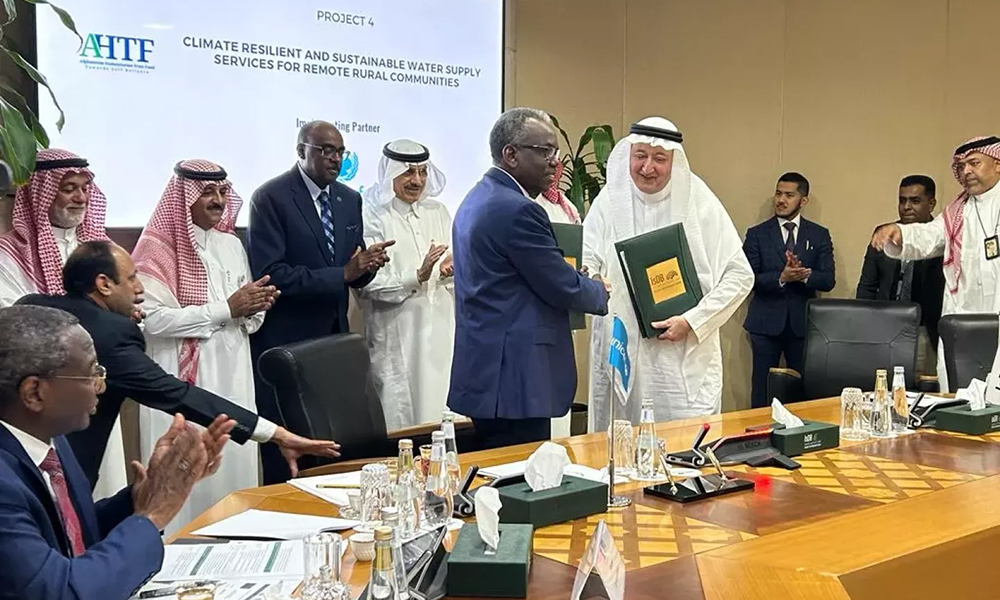
Mohammad Jamal Alsaati, Special Advisor to IsDB President and IsDB Coordinator for Afghanistan Humanitarian Trust Fund (AHTF), said this week that 14 projects, signed in 2023, have materialized at a total cost of $35.35 million.
He said in a statement issued Sunday that of this, $24.14 was from contributions from AHTF with a further $12.21 million provided by implementing partners and other international organizations.
Alsaati said all the services provided have created job and capacity building opportunities for the people of Afghanistan and that as of March 2024, pledges to the fund totaled almost $35 million, with more funding expected.
Alsaati’s comments were in a statement issued by the Islamic Development Bank, (IsDB), after it released the first comprehensive report on the achievements of the AHTF.
The report highlights the coordinated efforts by the IsDB, its partners, and stakeholders towards “Promoting Self Reliance and Resilience” in Afghanistan.
The AHTF’s mission is to provide initial humanitarian aid but then to prioritize development and self-reliance to move beyond emergency assistance – promoting reconstruction, empowerment and sustainable development.
IsDB President and Group Chairman, Muhammad Al Jasser meanwhile said following the release of the report that after receiving generous contributions, the AHTF “sprung into action, delivering essential aid to Afghanistan’s most vulnerable communities.”
He said the fund was able to tackle food insecurity, offer child nutrition programs, provide healthcare, innovative education, clean water, sanitation and hygiene services.
“Our projects are making a tangible difference on the ground,” Jasser said.
The Secretary General of the Organization of Islamic Cooperation (OIC), Hissein Brahim Taha also reacted to the report and said: “We are very pleased to see several humanitarian and development-focused projects are underway in Afghanistan – driven by the IsDB in collaboration with its regional and global partners.
“But much work still lies ahead, so we look forward to further help and support from our Member States, in addition to continued financial assistance for the AHTF from international aid and relief agencies,” said Taha.
The fund was established at a Council of Foreign Ministers of the OIC on 19th December 2021.
Latest News
Baradar visits Pashdan Dam, as work on project resumes
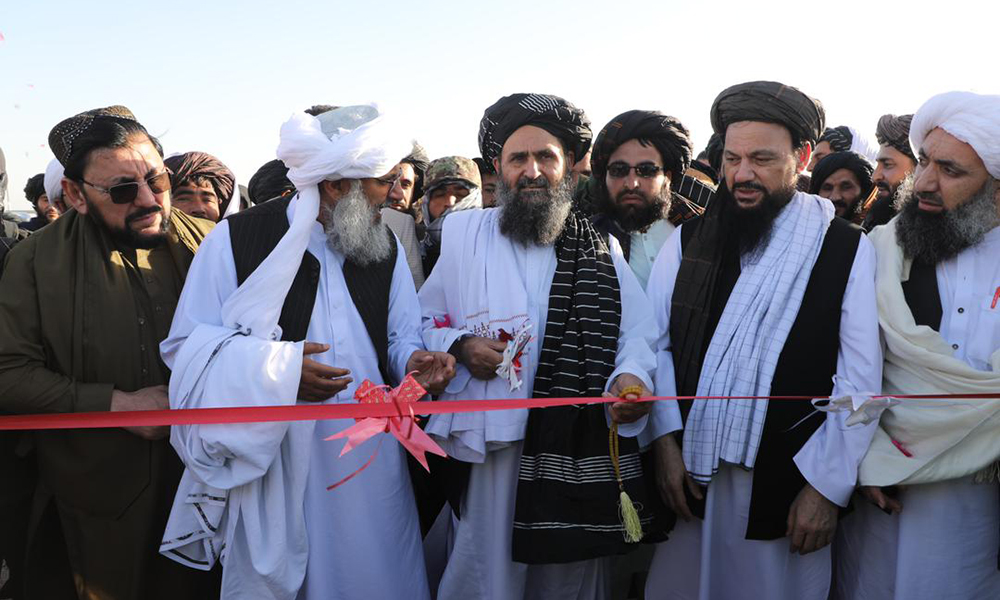
Mullah Abdul Ghani Baradar, deputy prime minister for economic affairs, has said the Pashdan Dam in Herat province is a key national project that the Islamic Emirate is committed to completing as soon as possible.
Speaking at an event marking the resumption of construction on this hydroelectric dam, which was started more than 10 years ago, Baradar said building dams was a priority for the Islamic Emirate.
Once complete the Pashdam Dam will not only generate electricity but also irrigate about 65,000 hectares of agricultural land, in turn providing work to thousands of people.
The dam will cost an estimated $117 million once finished and according to officials, at least 85% of work has been completed.
Officials expect the dam to be operational by the end of this solar year.
The construction of Pashdan Dam is being carried out by a domestic company in cooperation with an Azerbaijani company.
Engineers said the dam will mostly be used for agriculture purposes and for potable water. They also said about 73 kms of canals will be built to irrigate land.
This dam will store 54 million cubic meters of water. Currently, about 400 people are employed to work on the project.
-
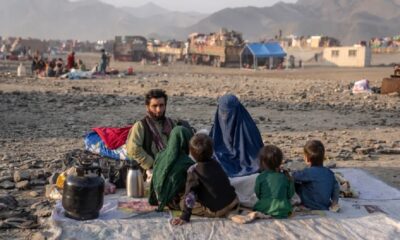
 Latest News5 days ago
Latest News5 days agoOver 1,000 Afghan refugees forced out of Pakistan in one day
-

 Sport3 days ago
Sport3 days agoAfghanistan beat Iraq 5-3, inch closer to Futsal World Cup berth
-
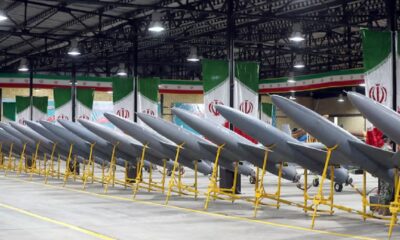
 Regional3 days ago
Regional3 days agoNew UK sanctions target Iranian drone industry
-
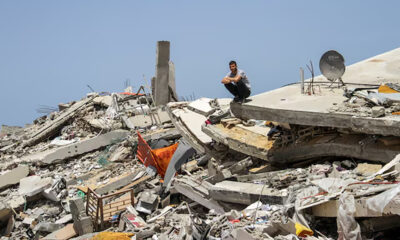
 Regional4 days ago
Regional4 days agoTurkey accuses U.S. of double standards over Gaza in rights report
-
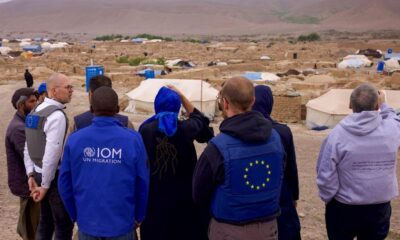
 Latest News3 days ago
Latest News3 days agoEU allocates 17 million euros to support Afghans on the move
-
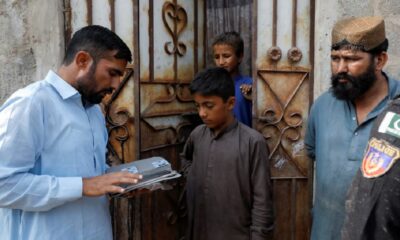
 Latest News2 days ago
Latest News2 days agoPakistan extends registered Afghan refugees’ stay till June 30
-

 World4 days ago
World4 days agoUS student protests over Gaza intensify despite arrests
-
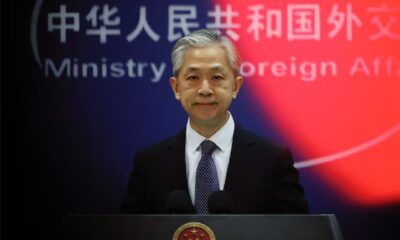
 Regional2 days ago
Regional2 days agoChina to host Hamas, Fatah for Palestinian unity talks

















